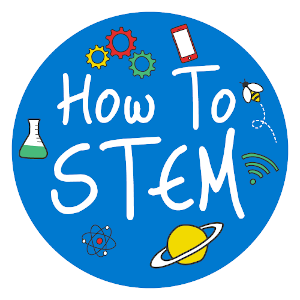
When you think STEM education, what kind of resources come to mind? The chances are it’s this kind of equipment…
Expensive stuff basically! Granted, this kind of kit is amazing and you can do some fantastic STEM activities with it. But don’t be disheartened if you don’t have access to these kinds of resources.
STEM doesn’t have to blow the budget.
It can also look like this…
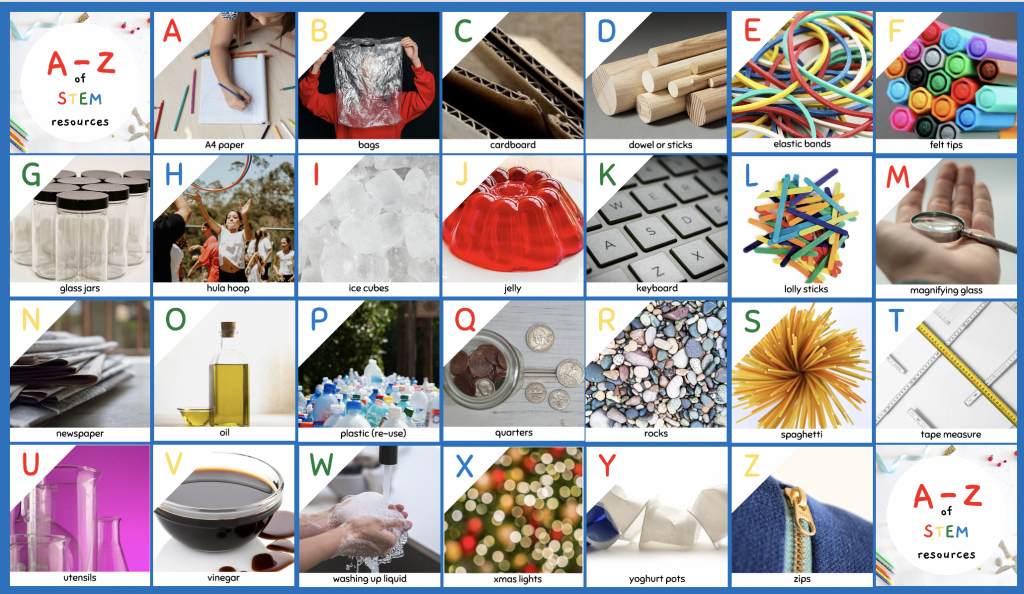
The kind of stuff we have lying around our homes and classrooms. The kind of stuff that fills up our recycle bins and the kind of stuff that we’re turning to particularly at the moment, when it’s harder to get to the shops.
So here’s my A-Z of everyday ‘must-have’ STEM resources, along with some tips and activity suggestions for each!

From recording your observations to creating the longest paper chain you can from just one piece of A4 paper, this is a staple resource for most STEM activities.
Why not try:

No matter how good you are at re-using carrier bags, it’s hard to avoid having a few single-use bags lurking around. Re-use them for egg parachutes or create a kite or a windsock.
Why not try:

This is my absolute top recommendation. Cardboard has so much play potential! Don’t believe me? Check out the book ‘Not A Box’ for inspiration. You never know when a few flat-packed boxes will come in handy!
Why not try:

Wooden dowel or sticks collected from the natural environment can become valuable building tools. For example, they could form the mast of a boat or the chassis of a car.
Why not try:

Elastic bands are a useful way to create flexible joins between materials. A great example is a lolly stick catapult. Safety note: this resource requires supervision.
Why not try:

…because you’ve got to make your STEM project look good! Beyond the aesthetics, felt tips are an important resource for chromatography based STEM activities.
Why not try:

Give them a wash and these jars can be transformed into all sorts of exciting STEM projects. Safety note: this resource requires supervision.
Why not try:

Place an outdoor hula hoop on the ground outside and use a magnifying glass to explore the minibeasts within the hoop. Or use string to turn your hula hoop into a spiders web!
Why not try:

Ice cubes are a very cheap resource that can be used for a range of activities. Use them to explore properties of materials or to test thermal insulators.
Why not try:

Not only is this resource a lot of fun, you can use it to explore some important real-world scenarios. For example, ’15-Minute STEM’ Book 2 contains a jelly based activity called ‘Earthquake-Proof Structures’.
Why not try:

(Computer) keyboards are central to developing technology skills in young people. We can use them to code, research, create design simulations… so many options!
Why not try:

Lolly sticks form a great building material for lots of different projects. For example, you could use them to build bridges, create catapults or to design a marble maze.
Why not try:

This is one of my ‘must-have’ resources for outdoor, nature based activities. It’s fascinating to take a closer look at the world around us and the plants and creatures within it.
Why not try:

From paper mache volcanoes to newspaper towers, this cheap, easy-to-source resource is worth having in abundance. For more details about the ‘newspaper towers’ activity, see ’15-Minute STEM’ Book 1.
Why not try:

Adding olive oil to water creates some interesting results which can be used as a starting point to exploring density. Drop in an alka-seltzer tablet and you’ve got yourself a lava lamp effect!
Why not try:

I don’t know about you but these kinds of things often scream ‘stem potential’ to me. For example, a plastic tub lends itself brilliantly to becoming a plastic recycled boat. Note: re-use plastic rather than buying it specifically for an activity.
Why not try:

Can you tell I was struggling with the letter ‘q’?! Quarters (or coins) can be used in a variety of ways. Explore chemical reactions by adding acidic liquids to dirty coins. Or use coins as weights in a tin foil cargo boat.
Why not try:

Natural materials such as rocks are fun to collect and can be used in a variety of ways. See how many different ways you can sort them or use them as the hour markers on a homemade sundial.
Why not try:
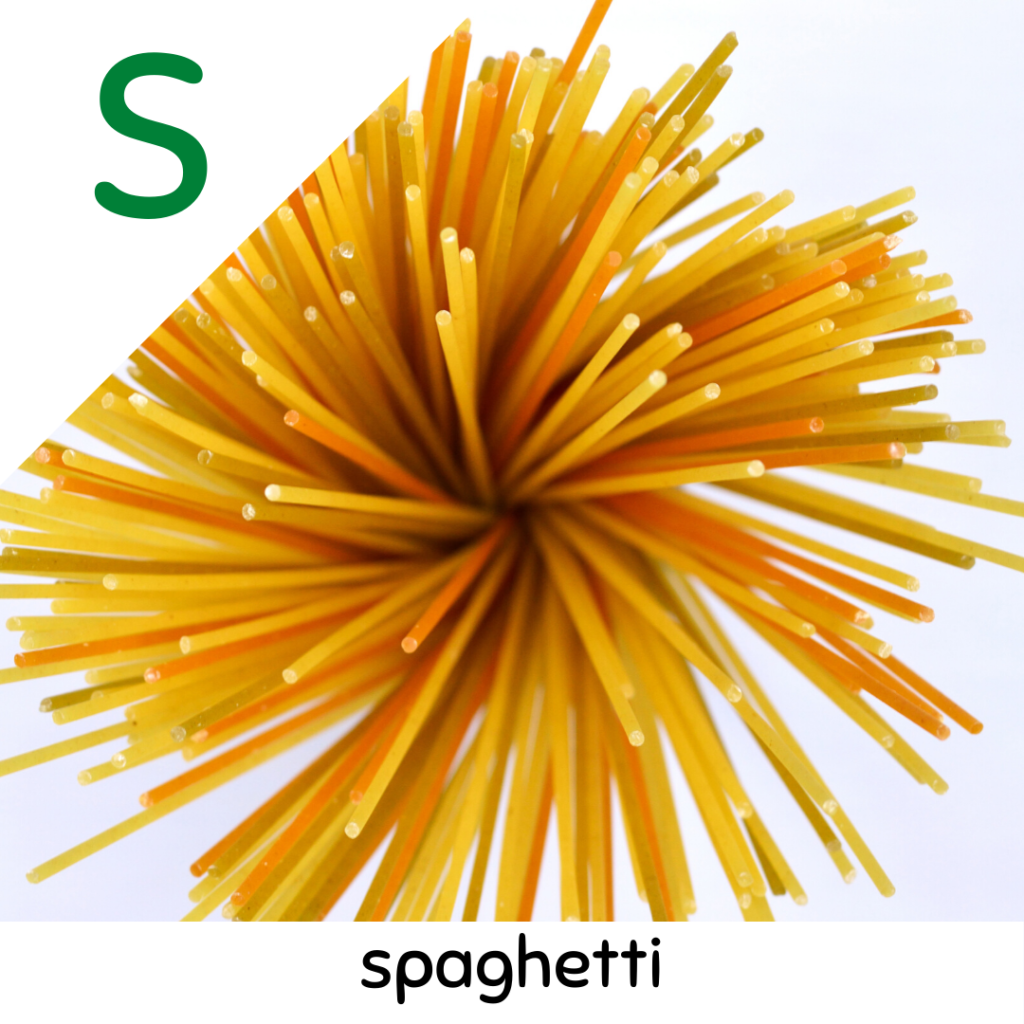
This simple ingredient makes a great building material. You can use it to create structures such as towers or pyramids. Use marshmallows, plasticine or gummy sweets to create the joins between the spaghetti strands.
Why not try:
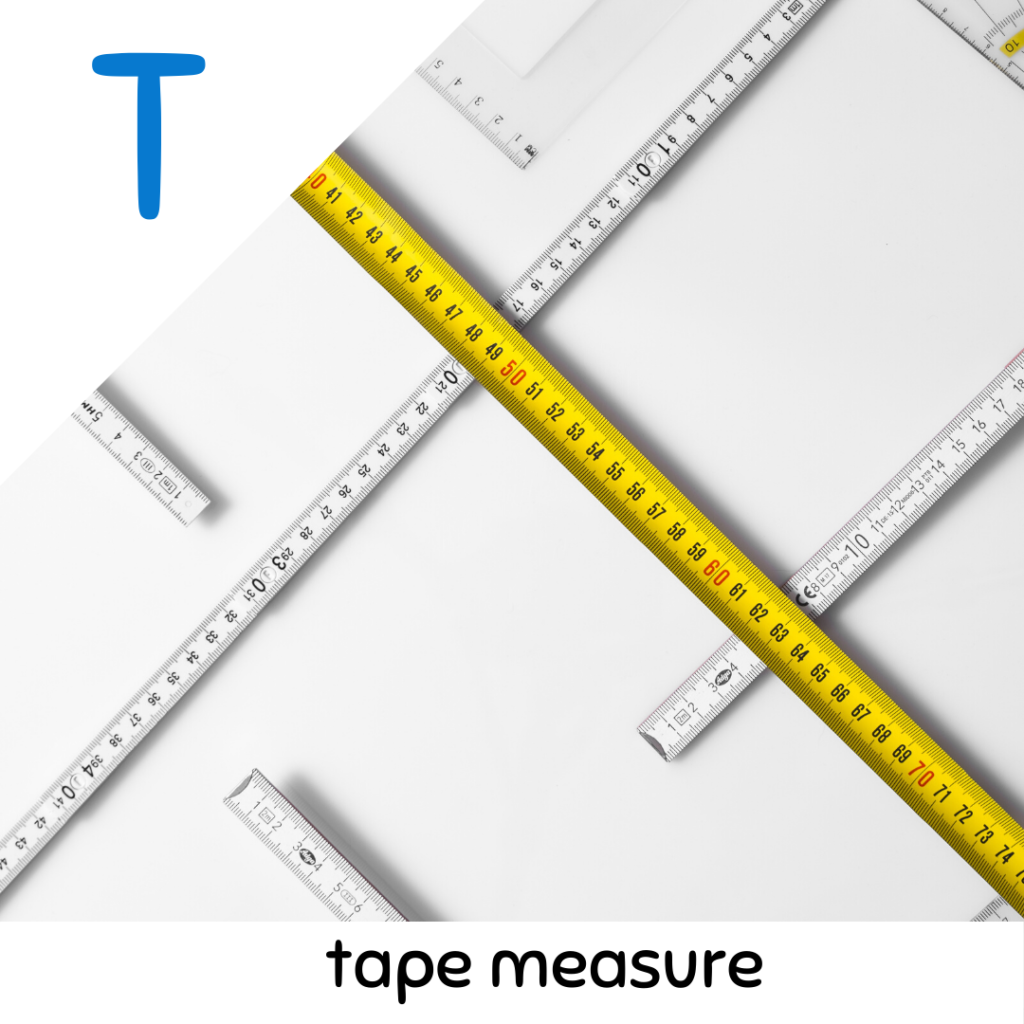
A measuring tape comes in handy for most STEM activities and is a great way to develop some measuring skills.
Why not try:

Utensils: measuring jugs, cups, bowls, spoons etc. These kinds of household items come in handy again and again for STEM activities.
Why not try:

This acidic substance creates interesting chemical reactions when added to a base such as baking soda. See an example of this in the ‘Volcanic Eruptions’ activity in ’15-Minute STEM’ Book 2
Why not try:
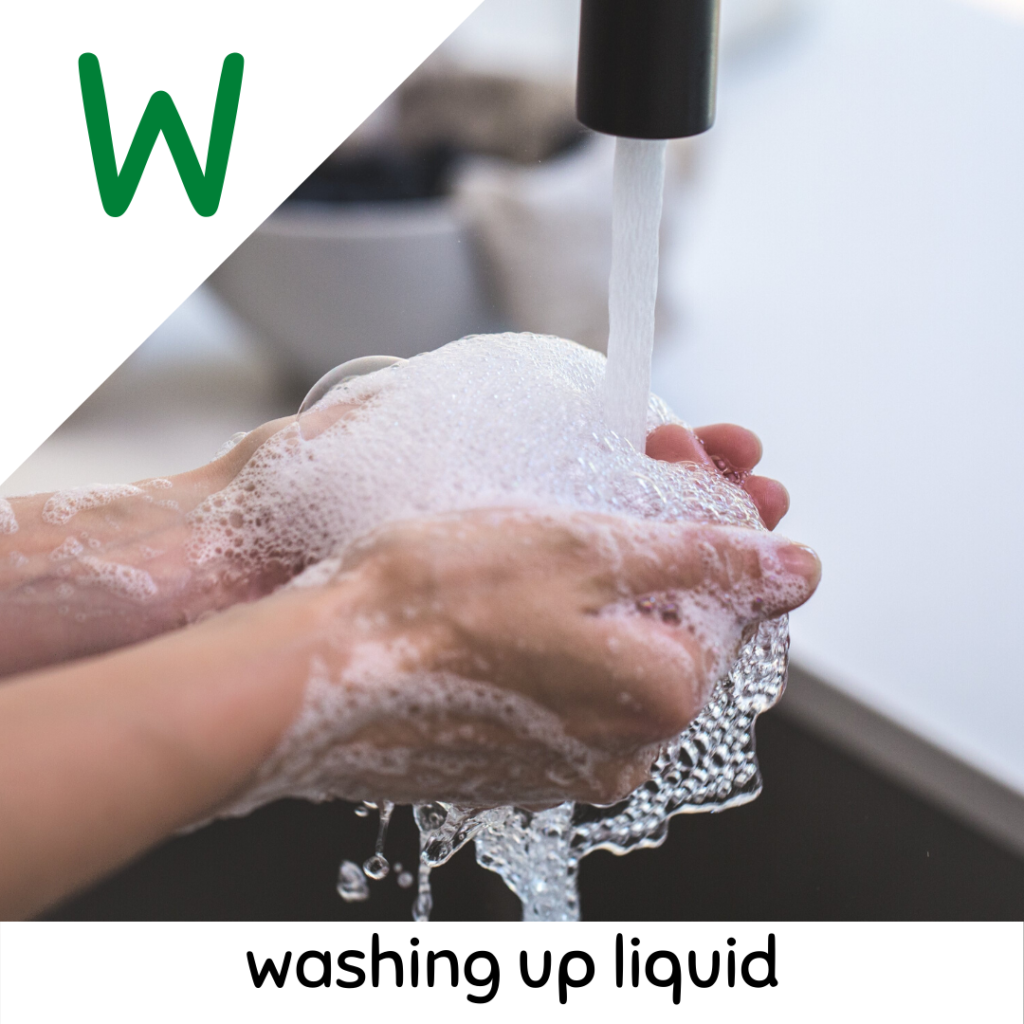
A staple household item, adding a squirt of washing liquid to another liquid such as milk or water breaks the surface tension and creates some interesting results.
Why not try:

Again, can you tell I was struggling with this one?! Forgive me the slightly tenuous link to electrical circuits… Having a simple electrical kit of lightbulbs, crocodile clip wires and a battery is a useful basis for many STEM projects.
Why not try:
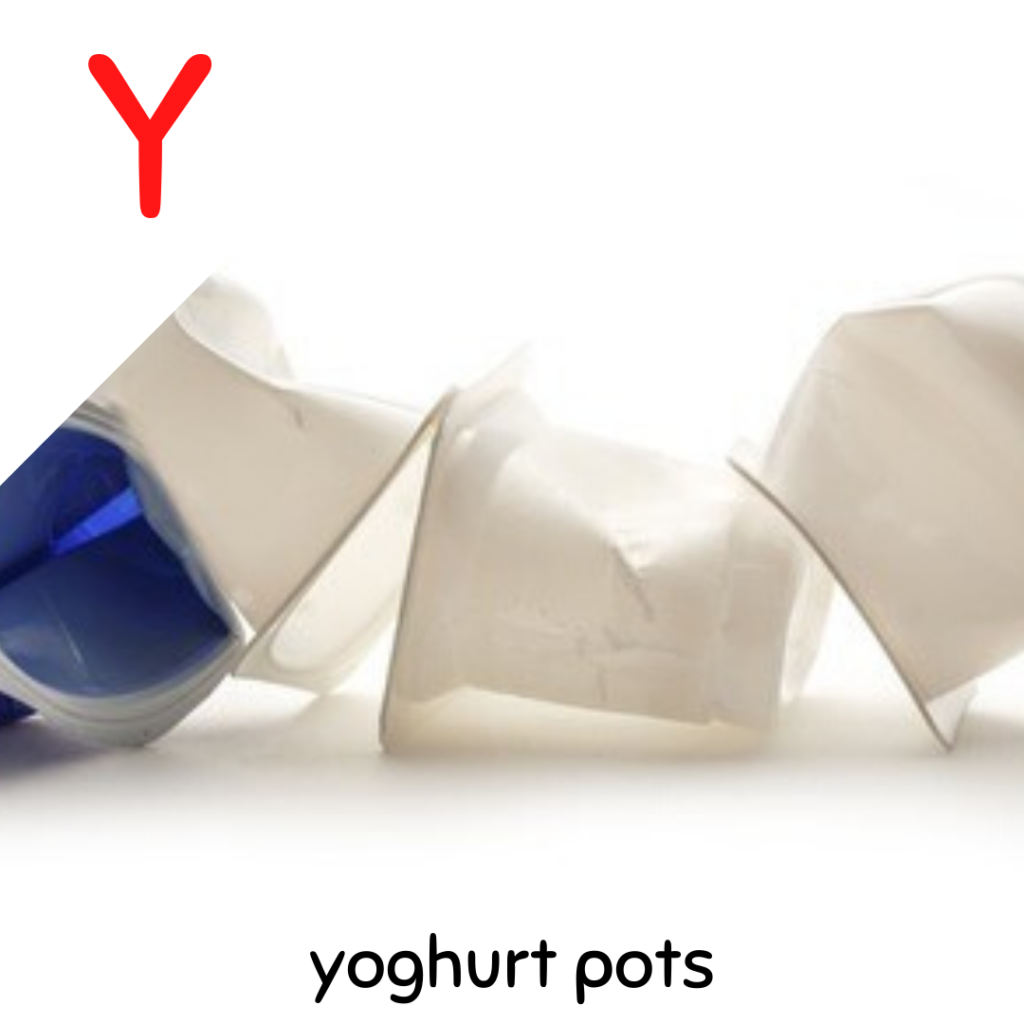
From the ‘speakers’ of a string telephone to the container of a salt pendulum, yoghurt pots can take on many different creative forms.
Why not try:

And finally we’ve made it to the letter ‘Z’. Zips can be sewn or glued into your STEM creations to add interest and functionality.
Why not try:
